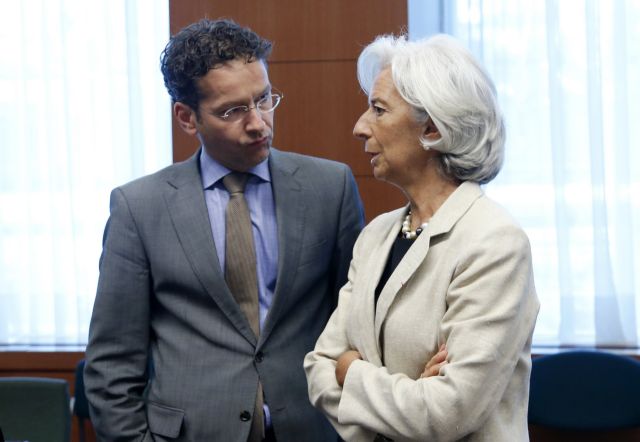The IMF published its report on the progress of the Greek reform program on Wednesday, where it stressed the funding gap that will occur after July 2014 and warned that the shortfall should be covered by the next report.
The viability of the debt remains a moot point, with the report underlining that if investors are not convinced by the political plans to tackle the problem, it is unlikely that the estimations of growth and further investments will materialize.
The IMF points out four possibilities that can derail the program, which are related to divergences in structural reforms, lack of liquidity in households and businesses alike, the threat of political instability and the Eurozone’s poor economic performance.
Within the context of high unemployment rates and the social repercussions, the Eurozone’s economic performance is considered a serious probability; the ambitious fiscal reform program could likely trigger social and political tension.
The likeliest scenario is that debt will remain at a high level in 2013, about 176% of the GDP and will start to drop in 2015. The European partners have committed to providing further aid so that the debt is 124% GDP by 2020 and less than 110% GDP in 2022. However the stress tests indicate that the progress of the reform program is at risk from inaccurate predictions of growth and primary surpluses.
The full IMF report is available here.





